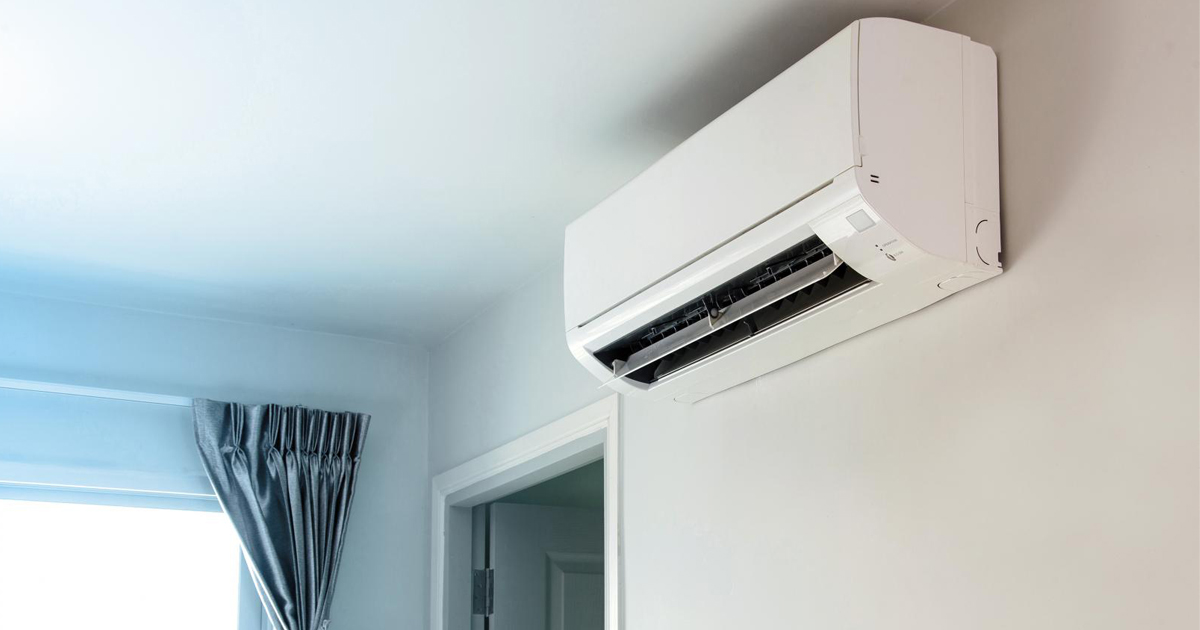Consumers who are always looking for new ways of reducing their electricity bills are aware that the bulk of that money typically covers the cost of climate control. There are many ‘cheats’ and life hacks involved – wear a thicker sweater, seal the windows, block the draughts, open the curtains, close the blinds, use a fan, etc.
However, unless you live in a place like Hawaii, or the warmest spots of Australia, no one will tell you to stop using heat completely. The same goes for cooling. The thing is that once the outside temperatures drop below a certain level, heating becomes a necessity. However, when it comes to air-conditioning, the opinions are still divided.
Is geography to blame?
In many parts of the developing world, the ability to control the indoor environment is definitely considered a luxury. A farming-oriented household in the Horn of Africa struggling with harvesting enough crops to feed the family wouldn’t have the means to turn the A/C on in the heat of the day, as wouldn’t many poverty-stricken families in Mexico City, one of the most populated urban conglomerations in the world. On, the other hand, a single parent in the US might have a hard time struggling to pay the electricity bills, so a decision to turn on the A/C doesn’t comes so lightly.
Habit or caprice
Many families in the Midwest, where the winters are brutal and summers hot and humid don’t turn the A/C until absolutely necessary. With summer temperatures between 32 and 43 °C and humidity at 65-70%, people wait until the last moment to turn the A/C on. Choosing rather to deal with it than pay for extra electricity, homeowners keep the houses closed and darkened during the day, and ventilating during the night.
On the other hand, people living intentionally off the grid in various part of the world have taken a habit of cooking and canning outside, running solar-powered fans, or cooling down at local watering holes.
Right to cool down
Then, if air-conditioning is the necessity, shouldn’t national or local governments help pay for air-conditioning for citizens in hot climates who can’t afford it? In a recorded incident in 1980, amidst a heat wave that broke over the Midwest, a group of nursing-home residents complained to Kansas City’s Heat Wave Command Post that the homeowner decided that no fans are to be operated after 10 in the evening.
Although 228 people in the community offered to take those 19 residents into their homes, they didn’t want to leave so the Kansas City Police had to defuse the situation with five fans from a heat-relief centre. Sergeant Jim Trice, KCP, testified later that when they got there, the first floor was uncomfortable, the second was unbearable, while the third floor was the gateways to hell. Incidents like this clearly show that for some people, air-conditioning is far from luxury.
Challenges of modern architecture
While historically, humans have lived at all latitudes for thousands of years before even simple electric fans were invented, they certainly didn’t have to endure with the calamities of modern architecture.
Imagine a row of beautiful townhouse apartments in a Sydney suburb, identical to the other dozens of units down the street, all of which have a huge sliding glass back door facing west for maximum sun exposure in the summer. Then it shouldn’t surprise that in 2015, the Australian Bureau of Statistics recorded that two in three Australians have an A/C unit. And since whether in those parts is known to range from sweltering heatwaves to cold snaps within a week, professionals who specialize in air conditioning installation in Sydney need to adapt to the specific needs and layout of every property individually.
Mitigating circumstances
Now consider a modern office building with enormous glass walls/windows that maximize daylight, but don’t open at all. In both residential buildings mentioned above and high-rise glass structures, air-conditioning is the only viable means of lowering the inside temperature, even if the outside temperature is pleasant.
Another viable option which helps reduce the urban heat island effect is having trees or something else making shade. Even grass or short shrubs can help, as a building surrounded with vegetation remains cooler than one trapped in asphalt and concrete. However, even if you plant trees, invest in decent insulation and double- or triple-glazed windows, going without the A/C might be risky, especially if someone in the family suffers from heat problems.
Energy-saving alternatives
On the other hand, if everyone including you in your family is in good health, it’s possible to stay cool without air-conditioning through much of the heat waves, by having a decently insulated house, proper windows and enough electric fans. The point here is in plural – ‘fans’, as only one won’t do any good.
The number of fans you need depends on the number of rooms, windows, etc. Although they also use electricity they are far more economic than A/C units. Another thing to keep in mind is that unlike air-conditioning, fans don’t actually make the air cooler, but by making then air stream through the house, they assist our biological cool down mechanisms.
Perhaps the answer that brings both sides together would be that air-conditioning has evolved from a luxury to necessity, improving the way of life of millions of people around the world. As the way we live has changed, so has our indoor climate. What is more, apart from increasing comfort, air-conditioning has influenced architectural design, allowing for bright and spacious residential and commercial spaces that wouldn’t be possible without A/C systems.

What an absolutely Good Article.